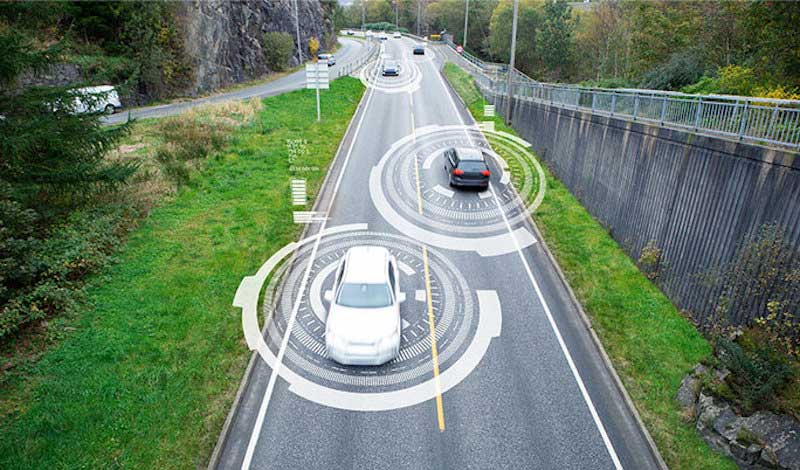
Posted on
Edge-emitting lasers (EELs) and vertical cavity surface emitting lasers (VCSELs) are two different types of diode lasers. EELs are well established in the opto-electronics market, but there are some limitations for manufacturers. VCSELs are also well-established in opto-electronics (particularly datacom), but as the technology matures, they will be better equipped to address those manufacturing challenges and enable innovation in next-generation products.
What is an Edge-Emitting Laser (EEL)?
In an edge-emitting laser, light is emitted from the edge of the substrate. A solid-state laser is grown within a semiconductor wafer, with the optical cavity parallel to the surface of the wafer. The wafer is cleaved at both ends and coated with a mirror to create the laser.
At one end is an HR coating (high reflectivity) with about 95% reflectivity; this acts as the back facet. At the other end is a coating that is 95% transparent, which allows light to escape. EELs are primarily used as pump lasers for fiber optic amplifiers and lasers. They are key components in telecom applications, as well as many material processing applications such as metal cutting.
Edge-emitting lasers present some challenges, however. They produce high power but do not offer the best beam quality. EELs often require extra components, like back facet detectors, to stabilize the wavelength in mission-critical applications.
It is also difficult and costly to test EELs. Testing requires manufacturers to dice the wafers and mount the chips before the lasers can be tested, a process that only serves to drive up costs. This type of testing also lowers the yield of usable parts, so cost of ownership is adversely affected, too.
What is a Vertical Cavity Surface Emitting Laser (VCSEL)?
VCSELs have been around almost as long as EELs, but are not as widely used. However, they offer some notable improvements over EELs because of their design. In a VCSEL, the light is emitted perpendicular to the mounting surface, as opposed to an EEL, which emits light parallel to the surface. And instead of coating the ends of the cavity, epitaxial layers are deposited on top of the wafer, with an optical cavity between them.
Although they tend to be lower power lasers compared to EELs, VCSELs offer a higher beam quality, so there is a better tradeoff in terms of reliability and performance. Testing is also much less of a headache with VCSELs. The LED-like assembly can be tested on the wafer through a wafer probe machine, for lower costs and a simpler procedure that in turn raises yield for manufacturers.
When coating VCSELs, the key parameter for manufacturers to keep in mind is anti-reflectivity. Anti-reflectance needs to be at the lowest possible degree on the output facet to allow as much light through as possible.
Future Growth for VCSELs
Currently, VCSELs are used heavily in datacom, particularly in applications like data centers. But for VCSELs to scale into more applications (and more innovative applications, at that), the challenge of increasing total power output needs to be addressed. There is a significant amount of anticipated growth in the VCSEL market as demand shifts and grows for smartphones, LiDAR, 5G and IoT devices and technologies.
Because it’s easy to fabricate many lasers on a single array, there is a lot of potential for VCSELs to be used in these types of emerging technologies over the next few decades, as long as power capabilities continue to climb into the watts and kilowatts. Next-generation products in the industrial and 3D sensing spaces in particular will require a huge deployment of VCSELs to meet design and performance needs.
Currently, a single VCSEL can be used to transmit data at maximum speeds, which is why these lasers are so widely used in the datacom industry. When two or three VCSELs are combined on a single chip, they can be used for high-precision velocity measuring in sensing applications. For example, the iPhone X, released in 2017, uses three VCSELs for its facial recognition feature.
But as VCSELs are combined in the thousands or even millions at a time on one chip, product breakthroughs will occur. Ten thousand VCSELs combined together could enable LiDAR technology that can be widely adopted by consumers, such as for autonomous vehicles. And with one million VCSELs, high-scale 3D printing can be accomplished.
If you’re interested in learning more about thin film deposition system configurations for your current laser facet production needs, check out Denton’s vendor selection guide.